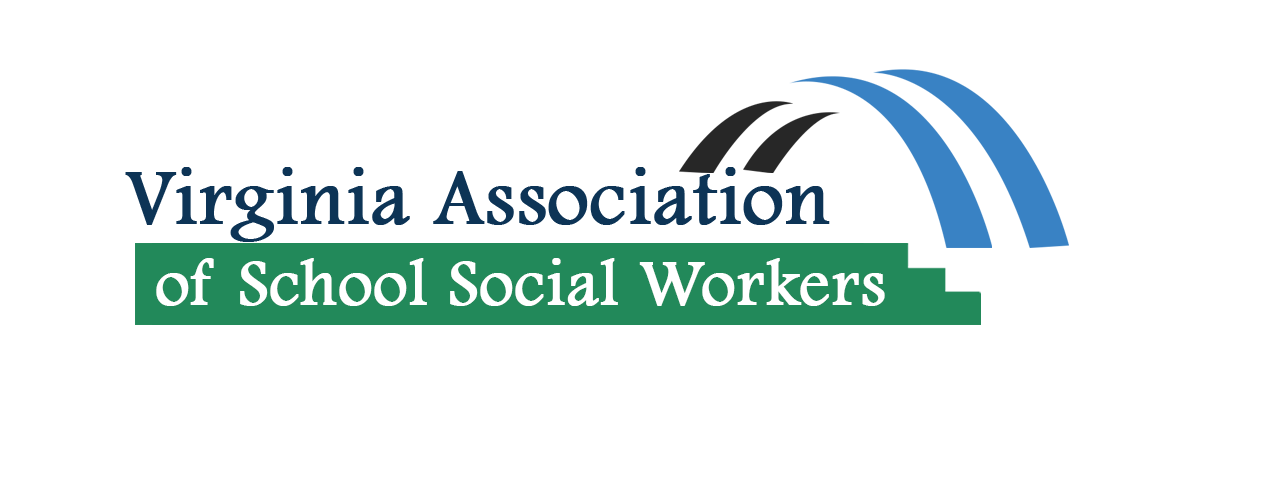History of the Visiting Teachers/ School Social Workers
In Virginia
Visiting Teachers were first employed in the Commonwealth of Virginia in the 1930’s as a result of the New York’s Commonwealth Fund which gave the National Committee of Visiting Teachers financial support for nationwide demonstration and experimentation in the field of school social work. When the project ended, Richmond was one of the cities that continued the program.
The Virginia visiting teacher/school social worker program was inaugurated in 1945 as a result of recommendations of the Virginia Education Commission. This body, known as the Denny Commission, was appointed by the General Assembly in 1944 to study the public school system of the Commonwealth. Concerned that efforts be made to improve school attendance, the Commission recommended the employment of visiting teachers to improve attendance from the point of view that truancy and absenteeism are symptomatic of deeper problems. This position thus broadened the scope of work which had been traditionally ascribed to an “attendance officer”.
Charged by the General Assembly to initiate and administer a visiting teacher program, the Board of Education in January 1945 established qualifications, determined the basis for State aid on salaries, and adopted a resolution encouraging the employment of visiting teachers by local school divisions. That same year, a training program for visiting teachers was initiated through Richmond Professional Institute’s School of Social Work. By 1946, visiting teachers had formed their own department of the Virginia Education Association. In the early 1970s the Virginia Department of Education officially recognized the school social worker and established accompanying endorsement requirements for practice in the public schools. In 1985, the state organization became independent of the Virginia Education Association and established the Virginia Association of Visiting Teachers/School Social Workers. At the present time, the Virginia Association of Visiting Teachers/School Social Workers has developed a job description, standards of practice, a code of ethics, and a newsletter for practitioners. It also has established several committees to enhance professional development.
Seventy-seven (77) visiting teachers were employed by sixty-three (63) divisions by 1945-46. By 1955-56, seventy-six (76) divisions participated in the program by employing one hundred six (106) visiting teachers. The program flourished and by 1965-66, one hundred thirty-seven (137) visiting teachers were practicing Statewide. The total number of practitioners had almost doubled by 1975-76 when the annual reports indicated that two hundred sixty-eight (268) visiting teachers were employed throughout Virginia. Annual reports submitted in 1985-86 revealed that three hundred eighty-six (386) visiting teachers/school social workers were employed. In the fall of 1989, the number had grown to four hundred nine (409) with approximately half of this number endorsed or seeking endorsement as school social workers and the other half endorsed or seeking endorsement as visiting teachers.
The visiting teacher/school social work program and the role of the practitioners have evolved over the past eighty-five (85) years to help meet the needs of Virginia’s school children. As the needs for intervention and prevention on behalf of students remain evident, the visiting teacher/school social worker will continue to be an integral and vital part of the public school system. On a broader scale, the visiting teacher/school social work program maintains a collaborative relationship with the National Association of Social Work (NASW), the Southern School Social Work Council, other regional councils for visiting teachers/school social work programs, and the National Council for State Consultants for School Social Work.
Adapted from the Guidelines for Best Practice For Visiting Teacher School Social Work Programs: Virginia Department of Education, 1990.

